How Business Card Analytics Helps in Improving Lead Capturing
Business cards are more than just networking tools, especially digital ones. Modern digital cards are a handful because along with networking, they also provide valuable insights. One of the most powerful features of these cards is business card analytics.
It helps you track interactions, optimize engagement, and most importantly improve lead generation. With the ability to monitor views, clicks, shares, and more, digital business cards are no longer static means to share static contact details but now they are dynamic lead converters.
Let’s dive and explore how business card analytics plays a pivotal role in improving lead capturing and driving better networking outcomes.
Go beyond design by embracing cards that track engagement and fuel tailored retargeting so you turn curiosity into connection and connection into conversion.
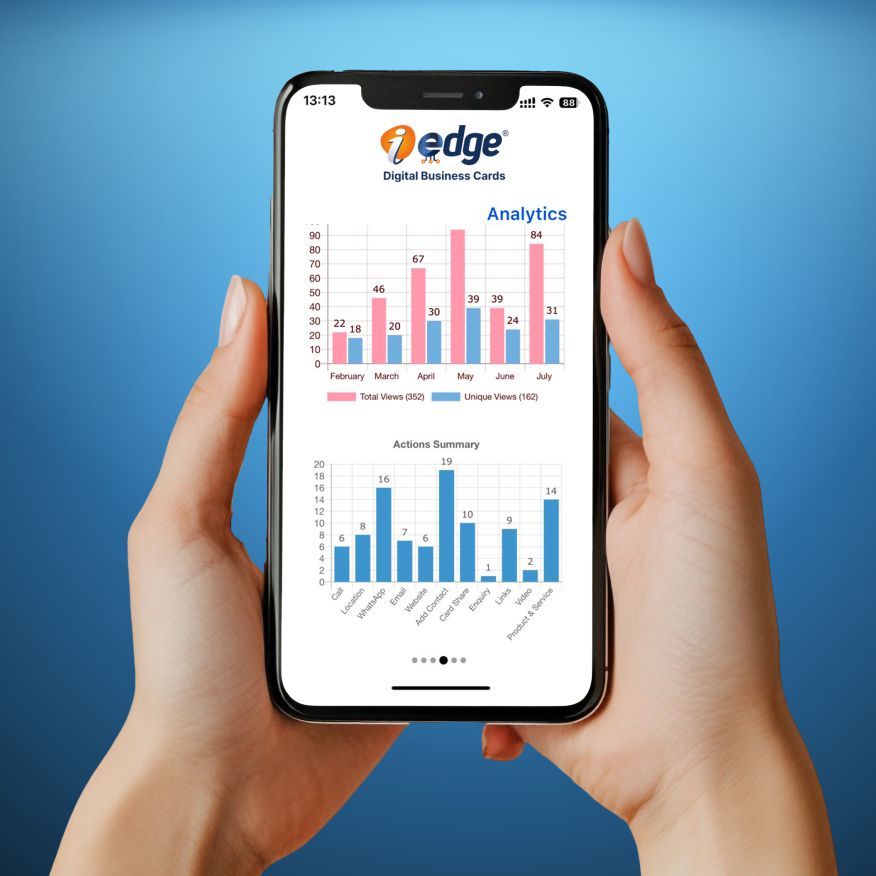
What Are Business Card Analytics?
Business card analytics refers to the process of tracking and analyzing user engagement metrics from a digital card. When you share a smart business card via QR codes, links, or NFC. These analytics help in measuring how people interact with it.
Unlike traditional cards, digital alternatives allow you to see how many times your card is viewed, what links are clicked, how many people downloaded your brochure, and even where your visitors came from.
Understand the possibilities of iEdge beyond networking.
All this data fuels better strategies to connect, convert, and create business card campaigns that drive results. Advanced platforms offering digital cards even provide real-time notifications, heatmaps, and CRM integrations.
This allows sales and marketing teams to qualify leads instantly, identify warm prospects, and fine-tune their messaging based on your behavior.
What Analytics Matter for Business Cards
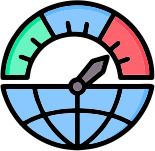
1. Measure Networking ROI
Just like any marketing effort, networking should have a measurable return on investment. With business card analytics, you can quantify how well your networking efforts are performing. Are your cards being opened? Are they leading to meaningful engagement?
For example, if you attend a trade show and distribute 100 digital cards, analytics can tell you exactly how many were viewed, which links were clicked, and whether your follow-up emails resulted in conversions.
This data-driven feedback ensures you are not operating blindly. Additionally, these insights help in refining messaging for different audience segments, allowing businesses to drive maximum value from their in-person or online networking initiatives.
2. Retargeting and Follow-Ups
One of the most effective strategies in lead generation is retargeting. If you know who interacted with your card, you can tailor, follow-ups with precision. For example, if someone clicked on your website link but didn’t take action, you can send a personalized message or email nudge.
Even better, some business card platforms can trigger automation, send a welcome message or schedule a meeting link once a user interacts with a specific button. This not only saves time but also ensures timely communication that improves the odds of conversion.
Retargeting also creates multiple touchpoints, which is critical in B2B sales where decisions often require consistent engagement over time.

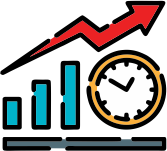
3. Optimizing Your Sharing Strategy
Business card sharing is more effective when data-driven. Analytics can tell you which platforms (email, WhatsApp, LinkedIn) work best for different audiences. This enables you to fine-tune your distribution strategy and maximize reach and engagement.
For example, you might discover that your card performs 30% better when shared through WhatsApp compared to email. Or that LinkedIn users are more likely to watch your video introduction. These patterns allow you to allocate your time and Effort more wisely.
Study how digital business card unlock smart networking and lead capturing.
Over time, businesses can develop a strategic sharing framework deciding when, where, and how to share their digital cards for maximum lead generation impact.
Metrics to Track in a Digital Card
1. Views or Number of Scans
This shows how many time your card has been accessed. Whether through a QR scan or a direct link, high views indicate strong visibility, an essential first step in the lead generation funnel.
Tracking daily, weekly, or campaign-specific views helps assess whether your card is reaching the intended audience. You can also compare performance across different events or sales campaigns to understand which yielded the most engagement.
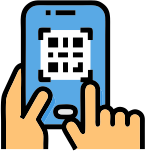
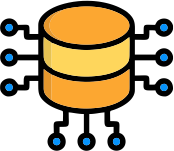
2. Traffic Source
Know where your audience is coming from. Are they finding your digital cards through email campaigns, social media shares, or direct messages? The metric helps you identify which channels drive the most engagement.
With this insight, you can invest more in high-performing platforms and reconsider strategies that aren’t yielding results. It also helps marketers link business card analytics with broader campaign data to evaluate cross-channel synergy. Learn how virtual business card streamline lead capturing.
3. Referrer Data
This provides deeper insights into user behavior such as which website or page the visitor was on before they landed on your card. It helps pinpoint high-performing marketing campaigns or partnerships.
Understand referrer data allows you to personalize your outreach. For instance, if many users come from a LinkedIn post about a webinar, you follow-up messages can reference that topic, making them more relevant and effective.


4. Clicks on a Link
Tracking the number of clicks on specific links (e.g., portfolio, LinkedIn, Website) shows what interests your prospects most. This can guide content optimization for better engagement.
If your analytics reveal that the brochure link is rarely clicked but your portfolio gets high traction, you may want to feature your work more prominently. Each click offers valuable clues to what your audience values.
5. Saves or Downloads
I your card allows saving as a contact or downloafing a brochure, traccking this metric helps gauge how serious a prospect is. High saves often indicates strong buying intent.
Know the 10 reasons to choose electronic business card.
You can use this metric to trigger internal actions; for example, notifying a sales representative when someone downloads a file or saves your contact. These micro-conversions act as stepping stones toward closing deals.
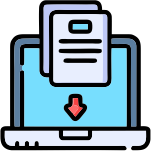
Ways Digital Cards Can Help in Lead Generation
There are several ways through which you can generate leads. These are:
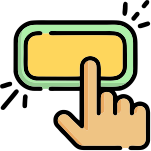
1. CTA Buttons
Strong and personalized call-to-action (CTA) buttons like “Schedule a Meeting,” “Connect on LinkedIn,” or “Download Portfolio” guide users to take the next step. By experimenting with different CTAs and analyzing their click-through rates, you can refine messaging.
Pairing CTA performance with business card analytics makes your lead funnel smarter and more responsive.
Recognize the difference between traditional business card and digital business card.
2. Quick WhatsApp Chat Shortcut
Integrating a WhatsApp shortcut encourages instant communication. When tracked through analytics, it becomes a goldmine for real-time engagement. Prospects can initiate conversions with just one tap, speeding up the lead generation process.
You can also use the chat data to learn common queries and customize your card or pitch to address those pain points upfront.
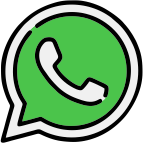
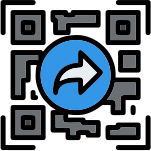
3. Easy QR Sharing
The ability to share via QR code at events or meetings makes digital cards seamless. Scanning activity can be tracked in real-time, allowing immediate follow-ups.
With QR scans linked to timestamps and event labels, businesses can segment leads based on when or where the scan occurred, helping prioritize hot leads quickly.
4. One-Click Brochure Download
Attach your product catalog or service brochure to your card. Every download can be logged and followed up with a value-driven message, increasing lead generation potential. You can also analyze which brochures are downloaded more and refine your content offerings accordingly. Over time, this creates a smarter sales asset library.
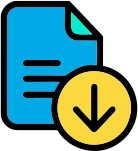
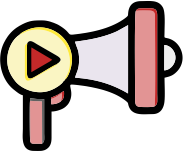
5. Personalized Video Introduction
Videos humanize your pitch and build trust faster. A business card with a personalized intro video improves retention and engagement, and analytics show how often it’s watched. You can even use multiple versions of video content built to different industries, then analyze which ones generate more interaction and conversions.
6. Lead Capture Form
Embed a simple form within your card to collect names, emails, or contact numbers. Combine this with analytics to assess conversion rates and refine your card’s layout.
Advanced platforms allow integration with CRMs, instantly syncing captured data with your sales pipeline. This makes digital cards a fully functional lead engine rather than just a contact file.
Learn about the top 5 virtual business card platforms in India.
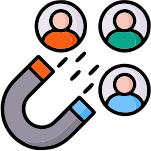
Conclusion
In the age of smart networking, just having a business card isn’t enough, you need one that works as hard as you do. Business card analytics transforms your digital cards from mere contact-sharing tools into powerful instruments for lead generation.
By tracking how your card is being used, optimizing based on insights, and following up strategically, you maximize your ROI and build more meaningful business relationships. So, if you are ready to elevate your networking game, don’t just create business card assets, equip them with analytics that help you grow.
FAQs
Business card analytics is the process of tracking user interactions with a digital business card. It monitors key metrics such as views, clicks, QR scans, link engagement, and downloads. When you share a digital card, the system collects data on how recipients interact with it.
This includes where they came from, what links they clicked, and whether they saved or shared your card. These insights allow you to evaluate networking effectiveness, follow up with warm leads, and optimize your sharing strategy for better lead generation. It transforms your card from a contact file into a strategic marketing tool.
Businesses should prioritize business card analytics because it brings visibility to networking ROI and lead engagement. Traditional cards offer zero feedback, but digital cards with analytics provide actionable data.
You can see which contacts are most engaged, what content they interact with, and which channels perform best. This information helps tailor follow-ups, automate workflows, and convert interactions into actual business opportunities.
In essence, businesses that use analytics don’t just create business card profiles; they develop smart, data-backed tools for targeted communication and improved conversion rates, making every card share more effective.
Key metrics to track in business card analytics include:
- Views or scans: Number of times your card was opened or scanned.
- Traffic source: Where the traffic originated (email, LinkedIn, QR scan).
- Referrer data: The page or platform visitors came from before accessing your card.
- Clicks on links: Shows what users are interested in (website, brochure, video).
- Saves or downloads: Indicates higher intent and interest.
Tracking these metrics gives you a complete picture of user behavior, helps refine your outreach, and enables smarter lead generation from your digital cards.
Digital cards significantly outperform traditional cards in lead generation due to their interactive and trackable features. Unlike paper cards, they allow for instant action such as clicking a CTA, initiating a WhatsApp chat, downloading a brochure, or watching a video intro.
With embedded lead forms and real-time analytics, businesses can capture contact details instantly and assess which users show buying intent. Every interaction is measurable, enabling faster follow-ups and smarter segmentation.
Simply put, digital cards are living assets that turn passive viewers into active prospects, while traditional cards often get lost or forgotten.
Absolutely. One of the biggest advantages of business card analytics is its role in personalizing communication. By understanding which links were clicked, where the user came from, or whether they downloaded your brochure, you can craft highly relevant follow-up messages.
For example, if a user watched your intro video and clicked on your portfolio, your follow-up email can highlight similar case studies. This level of personalization improves response rates and nurtures trust.
It shifts networking from guesswork to insight-driven engagement, making digital cards a critical part of modern sales and marketing strategies.

